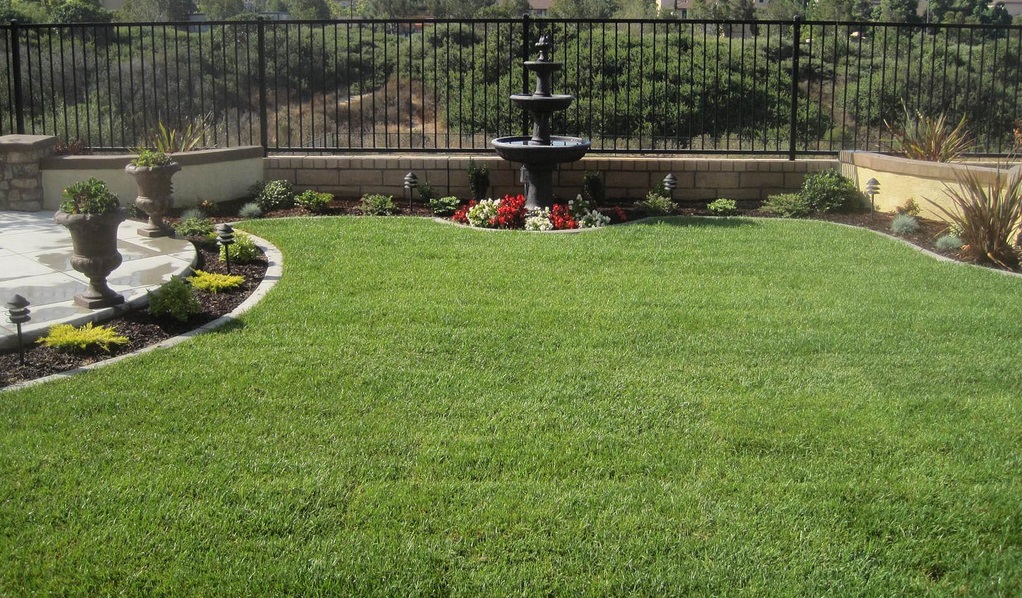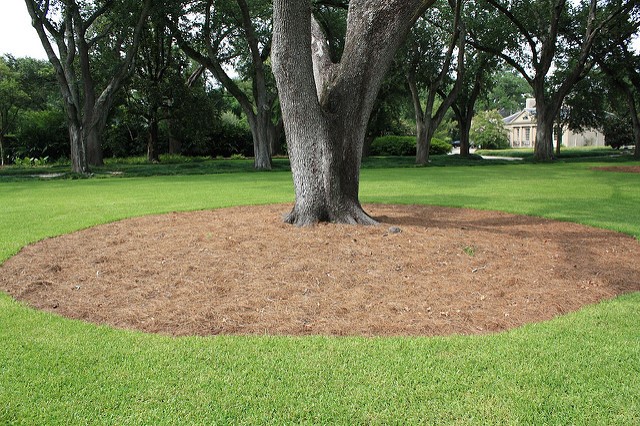An Ounce of Prevention is Worth a Pound of Cure
- 2022-05-02
- By mkirk
- Posted in Horticulture, The Garden Buzz
By Martha Kirk, Colorado Master Gardener
Do you remember the expression “an ounce of prevention is worth a pound of cure,” a phrase made famous by Benjamin Franklin? History tells us that Franklin was referring to Boston’s methods of fire prevention in the early 1700s. I got to thinking how Franklin’s saying holds true for many things, especially how we manage landscapes.

Take Kentucky bluegrass for example. Simple proper practices such as irrigation, fertilization, aeration, and mowing can reduce turf stress and thereby thwart common problems. Here are six helpful tips:
- Set your irrigation clock to the type of soil you have. Sandy soils require more cycles with less water. Clay soils require fewer cycles with more water. With heavy and compacted clay soil, run several soak cycles – apply enough water to the root zone each cycle before it runs off.
- Make seasonal adjustments to the irrigation clock. Run shorter cycles in cool months and longer cycles in July and August. This saves water and reduces drought stress on turf in the hottest part of the summer. Water from 9pm-9am when it is cooler, more humid and less windy.
- Winter water. Turf mites can move into a drought-stressed lawn in winter, especially south and west-facing slopes, and can actually kill turf if conditions are severe enough. Winter watering every four to six weeks helps mitigate this problem.
- Aerate turf to reduce thatch and soil compaction. This is best done in the fall but can be done in the spring as well. It allows water to penetrate more deeply to the root zone, and can help with managing necrotic ring spot. After aerating, it is an ideal time to fertilize and overseed. Newer Kentucky bluegrass cultivars have better drought tolerance, and some such as Midnight and Eclipse, are resistant to necrotic ring spot.
- Fertilize in the fall. This helps strengthen the root system and helps turf green up faster in spring. Consider the added nutrients of grass clippings; they can reduce the number of times you need to fertilize by 1-1 ½. A word of caution – don’t overfertilize. This contributes to thatch build-up.
- Mow to a height of 2 ½ -3”. This promotes a healthier and deeper root system. Cutting too low invites weeds.
Similarly, simple preventative measures can be employed for trees and shrubs to avert problems.
- Some fruit tree varieties are prone to fireblight, a disease for which there is no cure. The best approach is to keep fruit trees healthy with proper training and pruning. Prune in the dormant season and disinfect pruners after each cut. If you are just starting, select disease resistant varieties.
- Plant for mature size. When planting shrubs, allow enough space between plants. This allows for better air circulation and cuts down on diseases.
- Add mulch around trees to protect them from string trimmers and mowers. Keep mulch away from the trunk to avoid bark decay and rot. No mulch volcanoes!

Horticulture Resources
- Garden Buzz Archives
- CSU Extension Resources
- Colorado Master Gardener Program
- Foothills to Plains Native Plant Master Program
- Native Bee Watch Community Science Program
- The Co-Hort Blog
- PlantTalk Colorado
- Soil Testing
- Plant Select
- Emerald Ash Borer
- Japanese Beetle
- Colorado State Forest Service
- Ask an Expert


